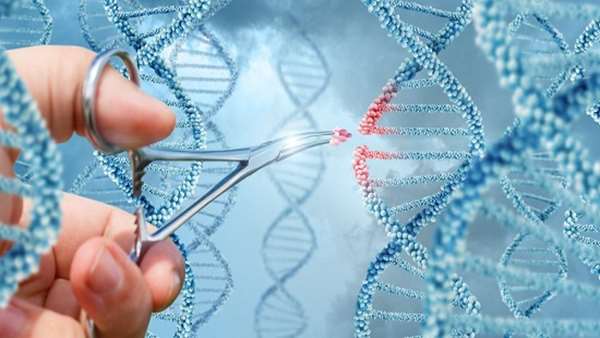Gene Therapy with the Sleeping Beauty Transposon System
The widespread clinical implementation of gene therapy requires the ability to stably integrate genetic information through gene transfer vectors in a safe, effective, and economical manner.
The widespread clinical implementation of gene therapy requires the ability to stably integrate genetic information through gene transfer vectors in a safe, effective, and economical manner. The latest generation of Sleeping Beauty (SB) transposon vectors fulfills these requirements, and may overcome limitations associated with viral gene transfer vectors and transient nonviral gene delivery approaches that are prevalent in ongoing clinical trials. The SB system enables high-level stable gene transfer and sustained transgene expression in multiple primary human somatic cell types, thereby representing a highly attractive gene transfer strategy for clinical use. Here, we review the most important aspects of using SB for gene therapy, including vectorization as well as genomic integration features. We also illustrate the path to successful clinical implementation by highlighting the application of chimeric antigen receptor (CAR)-modified T cells in cancer immunotherapy.
The mobility of transposons can be exploited for gene transfer in both experimental and therapeutic settings.
The SB transposon is a reconstructed element from fish genomes and likely the best-characterized transposon with activity in vertebrate cells.
The most active variants of SB support gene integration in human cells at a level approaching the efficiency of integrating viral vector systems.
SB has a close-to-random integration profile in the human genome, which contributes to the enhanced safety of SB in the context of therapeutic applications.
The nonviral SB transposon vector components can be combined with non-integrating viral particles to take advantage of their ability to deliver nucleic acids into cells.
Clinical trials with using SB as a vector are ongoing in the area of CAR-T cell engineering to treat patients with CD19+ hematologic cancers.
http://www.cell.com/trends/genetics/abstract/S0168-9525(17)30146-4





ارسال به دوستان